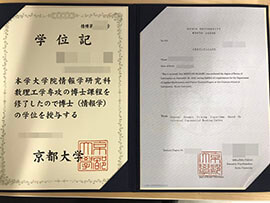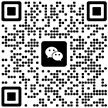
Where to order a realistic Kyoto University degree certificate online? Can l purchase a realistic Kyoto University diploma certificate online? The best way to buy a realistic Kyoto University degree certificate online?
Kyoto University, established in 1897, is one of Japan’s leading research universities located in Kyoto, a city rich in cultural heritage. It is known for its strong emphasis on academic freedom and has produced numerous Nobel laureates and prominent scholars. The university offers a wide range of undergraduate and graduate programs across various disciplines, including sciences, humanities, and engineering.
The campus is known for its beautiful setting, featuring traditional Japanese architecture amid scenic gardens. Kyoto University is also part of the “Imperial Universities” of Japan and has a reputation for excellence in research and education, attracting students and scholars from around the world.
If you have any specific questions about Kyoto University or need information on a particular aspect, feel free to ask!
The University has ten undergraduate faculties, eighteen graduate schools, and thirteen research institutes. The University’s educational and research activities are centred in its three main campuses in Kyoto: Yoshida, Uji and Katsura. The Kyoto University Library Network, consisting of more than 40 libraries spread across its campuses, has a collection of more than 7.49 million books, making it the second largest university library in the country. In addition to these campuses, the university owns facilities and lands for educational and research purposes around the country.
As of 2024, Kyoto University counts two or five Prime Ministers of Japan and a President of Taiwan amongst its alumni. 19 Nobel Prize laureates, two Fields Medalists, one Gauss Prize winner, and five Lasker Award recipients have been affiliated with Kyoto University, giving it the most Nobel laureates of all universities in Asia.
Kyoto University can trace its roots back to the Chemistry School (舎密局, Seimi-kyoku), an institution for Chemistry and Physics founded in Osaka in 1869. Seimi is a Japanese transcription of the Dutch word chemie, meaning chemistry. In 1894, this institution was replaced by the Third Higher School, which was a specialised boys’ boarding school. Back then, the country had only one university, Imperial University (today’s University of Tokyo), and the call for the nation’s second university in the Kansai region was gaining momentum. However, due to financial reasons, the government was reluctant to do so.
The situation changed when the aristocratic politician Saionji Kinmochi, who was from a notable kuge family in Kyoto, suggested the founding of the nation’s second university using war reparations from the First Sino-Japanese War. This plan was edicted accordingly in 1896, and Kyoto Imperial University (京都帝國大學, Kyōto-teikoku-daigaku) was established on June 18, 1897, as the second university in the country.
The University started using Third Higher School’s buildings, and the higher school moved to a patch of land across the street, where the southern section of the Yoshida Campus stands today. The Imperial University in Tokyo was renamed Tokyo Imperial University following the founding of its counterpart in Kyoto.
It started teaching with the College of Science and Engineering in the year of its foundation, which was followed by the establishment of the College of Law in 1898. Other faculties and colleges were established during its first decade as a university. The low rates of success of its graduates in the Higher Civil Service Examinations led to the Chief Commercial Law Professor Yoshihito Takane (高根義人) adopting a distinct style of teaching, which he called the ‘German way of cherishing the freedom of research, teaching, and learning’. He is said to be the originator of the current motto ‘freedom of academic culture (自由の学風, Jiyū no Gakufū)’.






